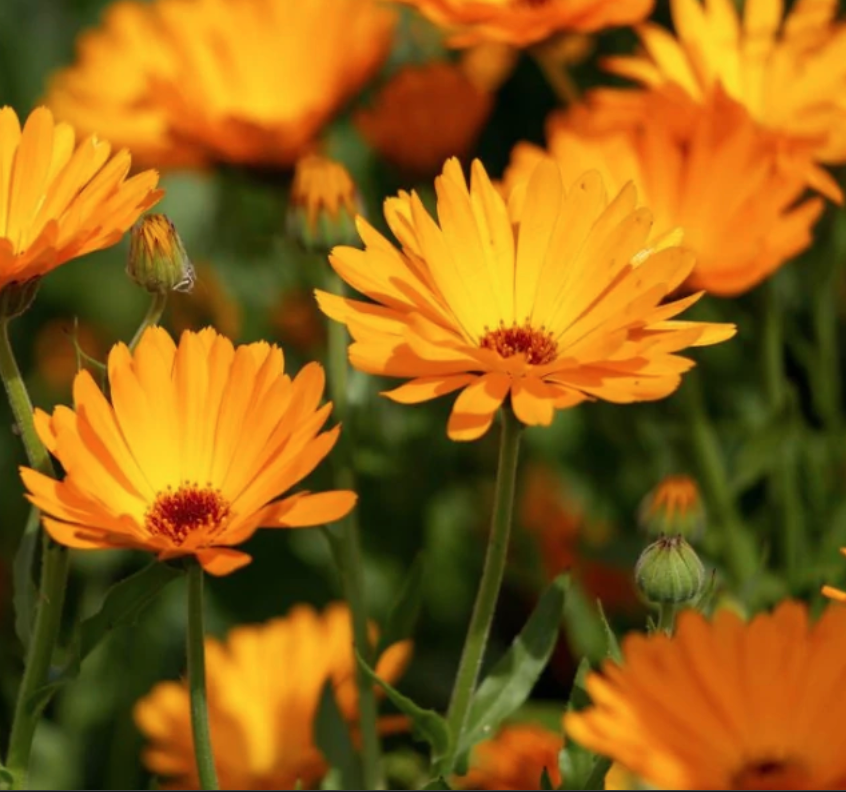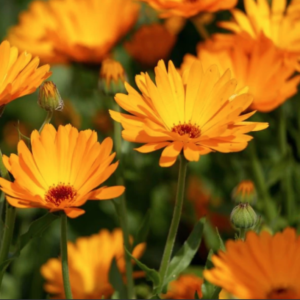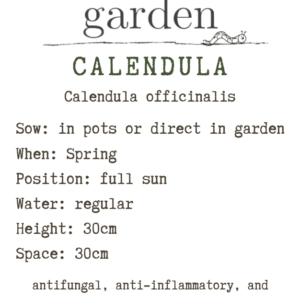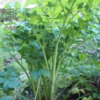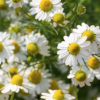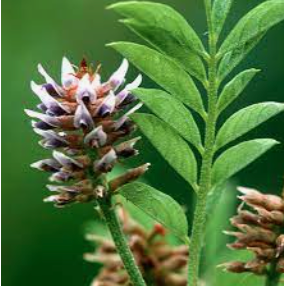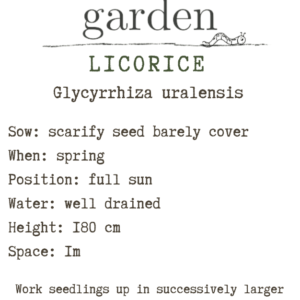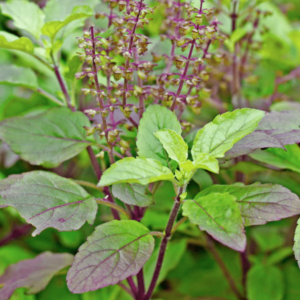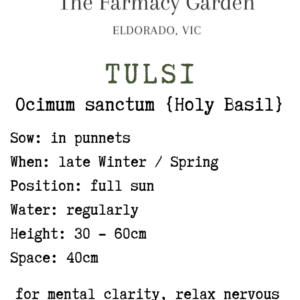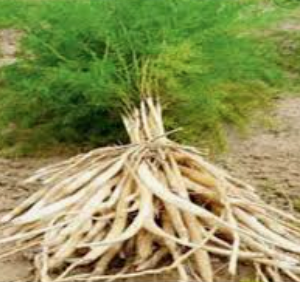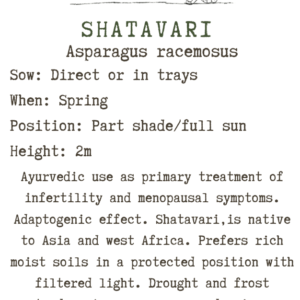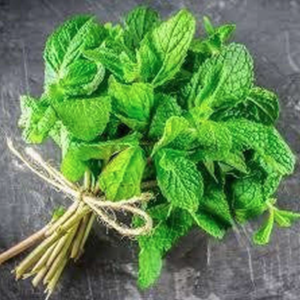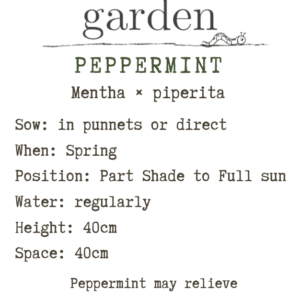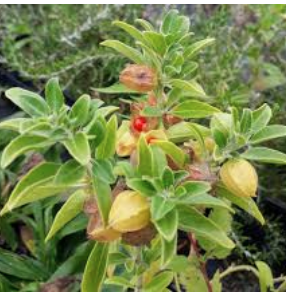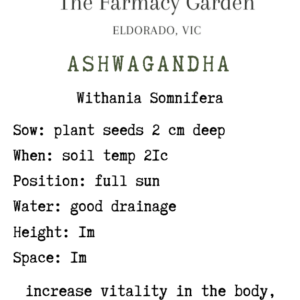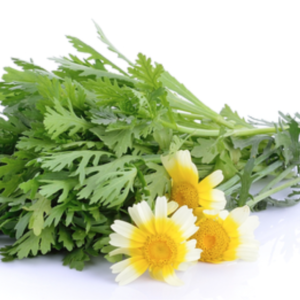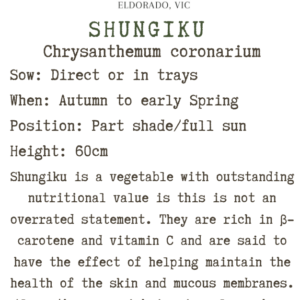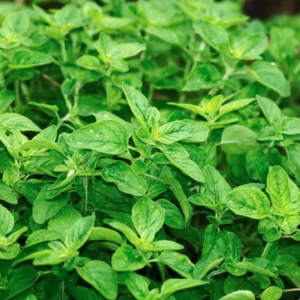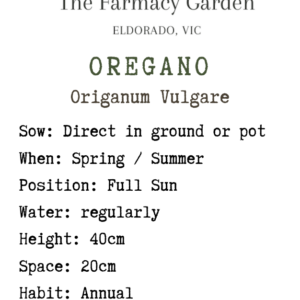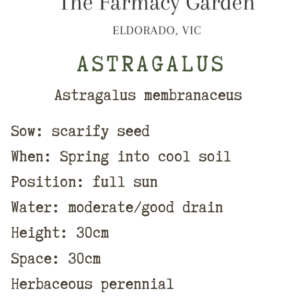Calendula Seeds, Calendula officinalis
$4.50 Original price was: $4.50.$2.00Current price is: $2.00.
Calendula is very easy to grow from seeds, which easily germinate and sprout. Seeds collected from the flowers can be saved and replanted; the plants will also readily self-seed in the garden.
Start calendula seeds indoors in a seed starter mix about six to eight weeks before the last frost date. Or, you can sow them directly into the garden just before the last spring frost date. Most plants bloom within two months of seeding. These plants very often self-seed in the garden; don’t mistake the seedlings for weeds.
Calendula (Calendula officinalis) is a short-lived perennial in warmer climates, but in cooler climate zones it is usually grown as an annual flower in garden beds and containers. Although commonly known as pot marigold, calendula is different from the common marigold (Tagetes spp.). It is, however, part of the Asteraceae family along with daisies and chrysanthemums, and has a daisy-like appearance. It is planted in spring after the last frost and grows relatively quickly, flowering six to eight weeks from seeding.
GROW: Calendula is very easy to grow from seeds, which easily germinate and sprout. Seeds collected from the flowers can be saved and replanted; the plants will also readily self-seed in the garden.
Start calendula seeds indoors in a seed starter mix about six to eight weeks before the last frost date. Or, you can sow them directly into the garden just before the last spring frost date. Most plants bloom within two months of seeding. These plants very often self-seed in the garden; don’t mistake the seedlings for weeds.
HARVEST: Collect calendula flowers in the late morning, after the dew has dried. Pick flowers when they are fully open. To dry the flowers, spread out the cut flower heads on a screen in a dry, shady spot. Turn them occasionally until they are papery dry, then store them in canning jars until ready to use.
USE: Fresh or dried whole flowers or petals both internally and externally.
Related products
Medicinal Herb Seeds
Flower Seeds
Medicinal Herb Seeds

